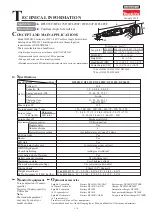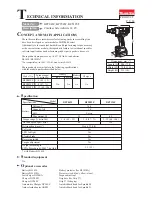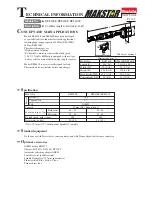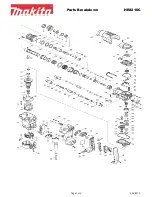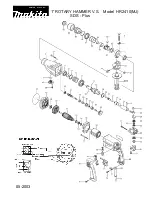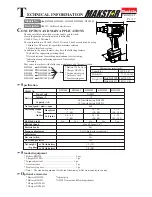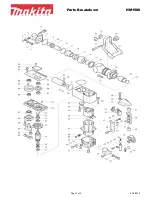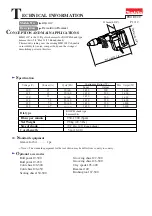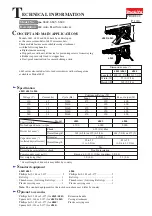
889-1429-00 CPS-TS2E Operation Manual Rev Apr 2021 Page
5
4.
All DC and AC outputs and the AC input are continuously sampled once per
second by default; both the individual samples and a running average of the
measurements are recorded with the running average voltages and currents
being displayed. Input and output powers are continuously calculated based
on the running averages and displayed.
5.
AC Line SAGs and Swells as defined by default or user definitions are counted
and recorded.
G.
Events Logged (Time and Date Stamped records)
1.
Low or High AC Line input Voltage, current, and frequency including SAGs,
Swells, and power bumping. Setpoints for alerts are user settable.
2.
Low or High DC output Voltages and currents. Setpoints for alerts are user
settable.
H.
Storage Capacity:
A 2 GB µSD standard density card comes with the power supply.
µSD card port can handle up to the 4 GB of the standard density cards.
I.
Networking Services
1.
TCP Nano-server host built-in interactive webpage
2.
UDP server with built in SNMP Agent
3.
Remote procedure calls in both TCP and UDP server modes
Section 3 Navigating the User Interface
A.
General
The user interface is straight forward and easy to navigate; it consist of
a set of main pages (or screens) each giving either status or configuration
parameters for the power supply.
In essence, there are two types of pages: Information and Configuration.
Info pages display either real-time measure of voltages and currents (for
example, bar graphs of DC and AC voltages and currents) or health metrics
of the actual power supply hardware and firmware (for example, uSD card
access time or number of writes since last reset). In addition, Info pages
provide status on alarms (on or off) and transmitted and received
messages.
On the other hand, Config pages allow adjustments on run-time
parameters as for example alarm setpoints or logging start and stop times.
Networking parameters like IP address or type of nano-server (UDP or
TCP) are fully configurable.
























